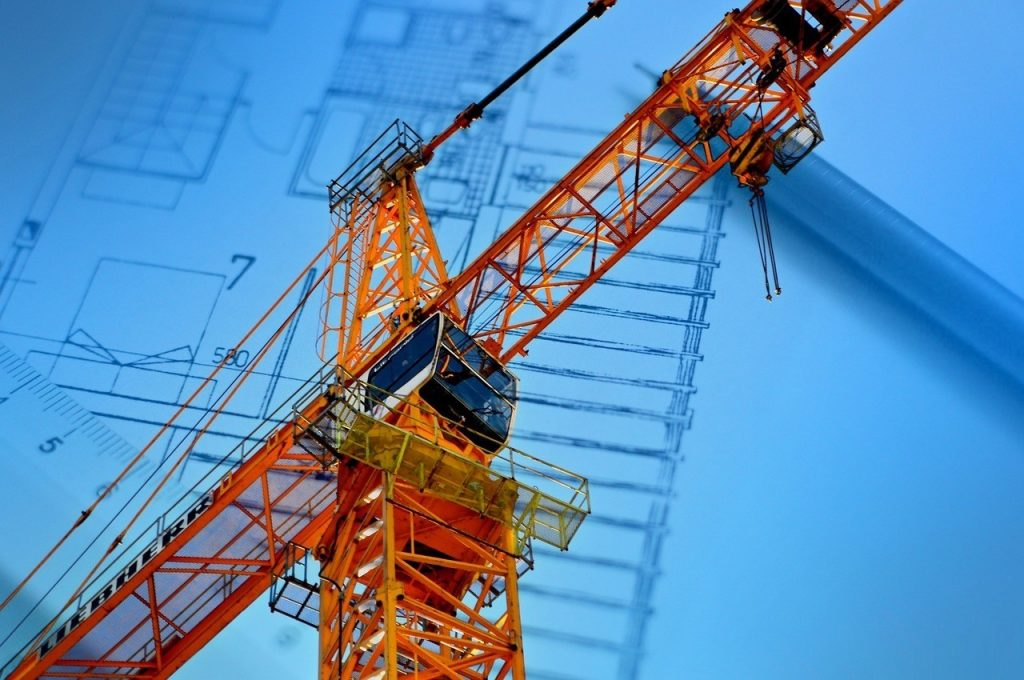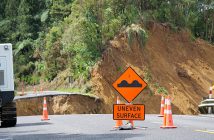While there are some projects New Zealand can deliver just as well as other high-income countries, it does struggle when it comes to bigger projects, a report from Te Waihanga / The New Zealand Infrastructure Commission finds
Michelle McCormick, Policy Director, Infrastructure New Zealand

The lay of the land: Benchmarking New Zealand’s infrastructure delivery costs provides a comparison of New Zealand’s infrastructure delivery costs compared to other high-income countries.
This report is timely as we start to face up to the reality of a combined infrastructure deficit costing around $210 billion to plug.
Funding this gap will be challenging but we also need to ensure we are building good infrastructure at an affordable price.
The results of this assessment do shine a spotlight on a number of project types in which we are really struggling to achieve cost effectiveness.
Complex large-scale infrastructure projects are often drawing a cost premium for a number of reasons. It is important we learn from these assessments and start to address some of the system issues identified. Lessons from the recent Infrastructure Australia review (also discussed in this InfraRead edition) are indeed relevant.
What projects do we do as well as other countries?
In summary, four types of infrastructure projects: surface rail stations, electricity transmission lines, on-shore wind farms and hospitals are all delivered within similar cost ranges as those in other countries we are
compared with.
What are our problem projects and why?
Our big issues are with complex, and larger one off type projects such as some urban and rural motorways, road tunnels, and underground rail projects. There is not just one simple reason for the higher costs of these projects. Te Waihanga have identified four broad reasons why the cost of similar infrastructure projects might vary between countries:
1. Input costs – labour, materials, equipment, and land – might be higher in some places.
2. Construction productivity – may be higher in some places, allowing them to build more infrastructure using the same quantity of inputs.
3. Physical environment – differences in physical context – factors like geology, climate, and built environment – can increase the cost to build infrastructure in some places.
4. Policy and institutions – factors like project sponsor decision-making, infrastructure design standards, planning and consenting systems, and procurement and contract models – can increase scope requirements and thus increase costs.
I’m sure we are all expecting the current resource management reforms to address some of the planning delays and associated cost issues currently faced by all infrastructure projects in New Zealand, particularly when compared with the other countries covered in this benchmarking study.
We also wonder if input costs and construction productivity can be improved as our infrastructure pipeline is bedded in fully and there is more certainty across the sector as to the ongoing work. The challenge of our often unique physical environment is not so easy to remedy and often this is an area where we need to draw on more innovative approaches and be open to new construction techniques.
It was excellent to see Te Waihanga be invited by the UK Institute for Civil Engineers (ICE) to present their
benchmarking findings to an expert via a Zoom Presidential roundtable session. This international engagement session also gave the opportunity to tap overseas perspective on some further insights and possible solutions to explore.
Much of the advice offered, aligned with recommendations already identified in Rautaki Hanganga o Aotearoa, the 30 year infrastructure strategy. But hearing others’ experiences and lessons first hand really brings to life the value of collective knowledge.
It was a fascinating exchange with many suggestions as to what changes might make a difference and what other considerations could be taken into account, you can read a summary here.








